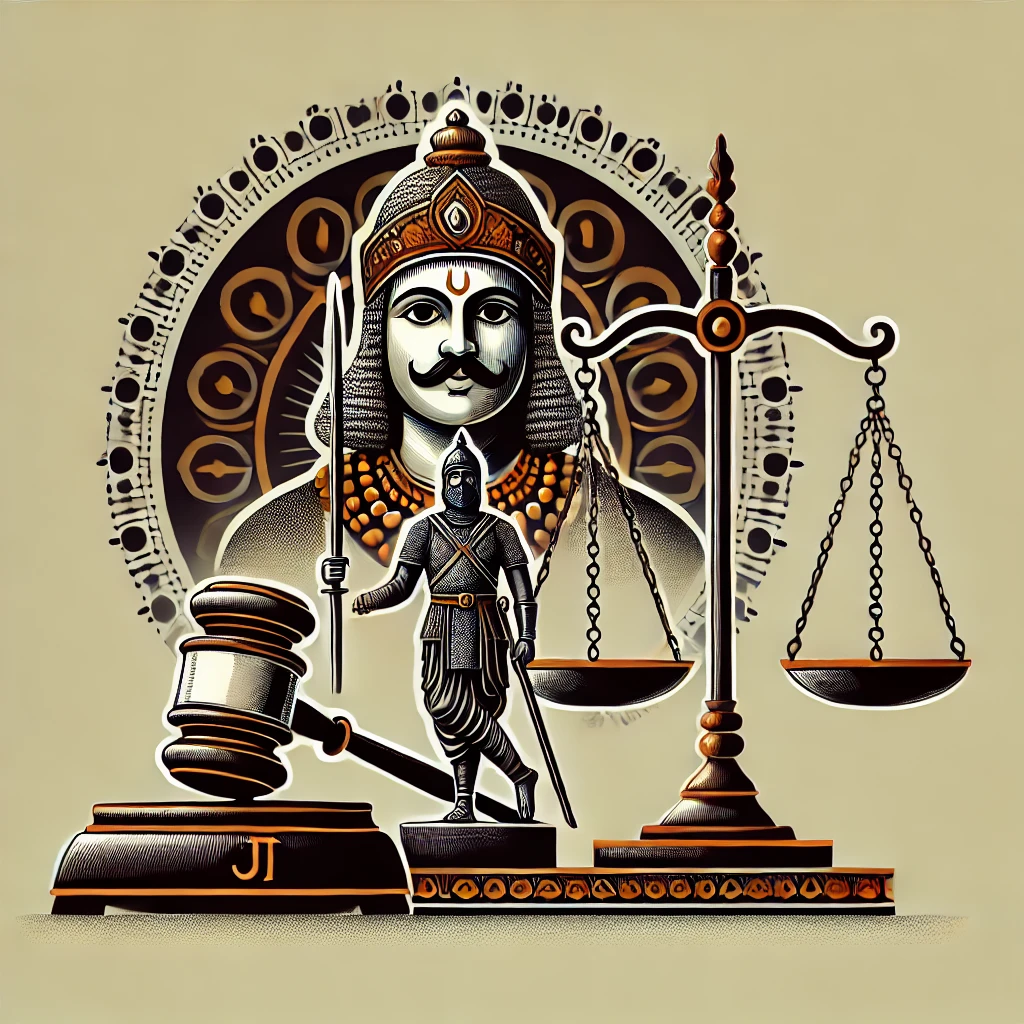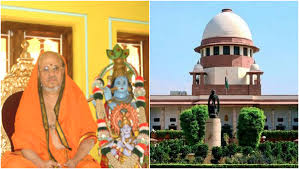State of West Bengal vs. Dr. Sanat Kumar Ghosh [July 08, 2024]
Citation: 2024 INSC 469
Background and Context
This Supreme Court case addressed a prolonged constitutional and administrative crisis regarding the appointment of Vice-Chancellors (VCs) in state-aided universities across West Bengal. The controversy stemmed from a rift between the State Government and the Governor (who is the Chancellor of the universities) over the process and authority for appointing VCs. In 2022, the State had unilaterally appointed 24 VCs, which, along with amendments to the West Bengal University Laws, became the subject of challenge in public interest litigation before the Calcutta High Court.
The High Court had previously upheld the Chancellor's power to appoint interim VCs without consulting the State Government, but this was challenged before the Supreme Court, which found the situation had led to chaos: neither regular nor interim/ad hoc VCs could be appointed, and the governance of universities was in jeopardy.
Key Issues
Who holds the constitutional and statutory authority to appoint Vice-Chancellors in West Bengal's state-aided universities?
How should appointments be made to ensure transparency, independence, and compliance with University Grants Commission (UGC) regulations?
What is the role of the judiciary in resolving deadlocks between constitutional functionaries?
Supreme Court’s Directions and Reasoning
The Supreme Court invoked its powers under Article 142 of the Constitution to do "complete justice" and directly constituted Search-cum-Selection Committees for all universities in West Bengal, with the former Chief Justice of India, Justice U.U. Lalit, as Chairperson.
The Court’s objective was to infuse transparency, independence, fairness, and impartiality into the process, ensuring that only persons of the highest competence and integrity would be shortlisted for VC posts.
The Committees were to be composed of eminent scientists, educationists, jurists, subject experts, and administrators, with adequate representation for nominees of the Chancellor, Chief Minister, UGC, State Government, and Higher Education Department.
The Chairperson was empowered to form separate or joint Committees for one or more universities, nominate four experts from the panel, and preside over all proceedings. The Department of Higher Education was designated as the nodal agency for advertising and managing applications.
In cases of disagreement between the Chief Minister and the Chancellor regarding panel members, the matter would be referred back to the Supreme Court for a final decision after hearing objections.
Significance and Observations
The Court’s intervention was prompted by the absence of a clear statutory framework after previous legislation was struck down and the ongoing conflict between the State and the Governor, which had paralyzed university administration.
The judgment was intended to be a one-time measure to restore order and credibility to the VC appointment process, not a precedent for routine judicial intervention in executive functions.
The Court emphasized that its approach was consensual, with both parties submitting lists of experts, and was not an imposition of judicial will over executive prerogative.
The judgment also highlighted the need for future legislative clarity and compliance with UGC norms in state university governance.
Conclusion
The Supreme Court’s decision in State of West Bengal vs. Dr. Sanat Kumar Ghosh is a landmark exercise of Article 142 powers to resolve a constitutional impasse. By appointing an independent Search-cum-Selection Committee, the Court sought to ensure merit-based, transparent, and impartial appointments of Vice-Chancellors, while urging the State to enact clear and UGC-compliant legislation for university governance in the future






























0 comments